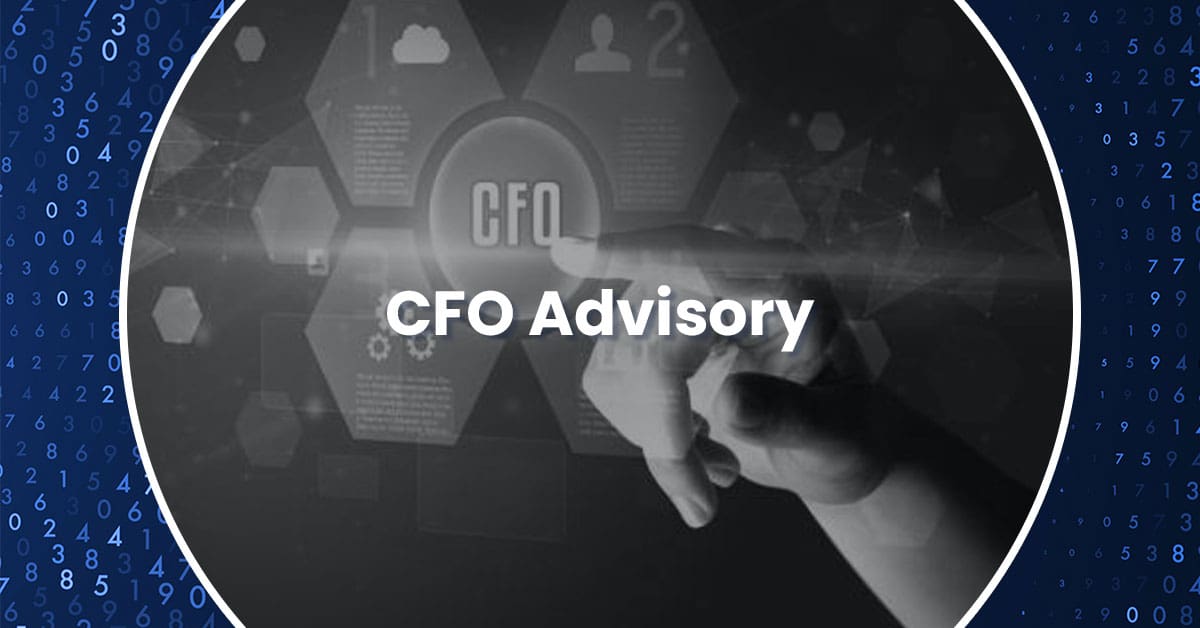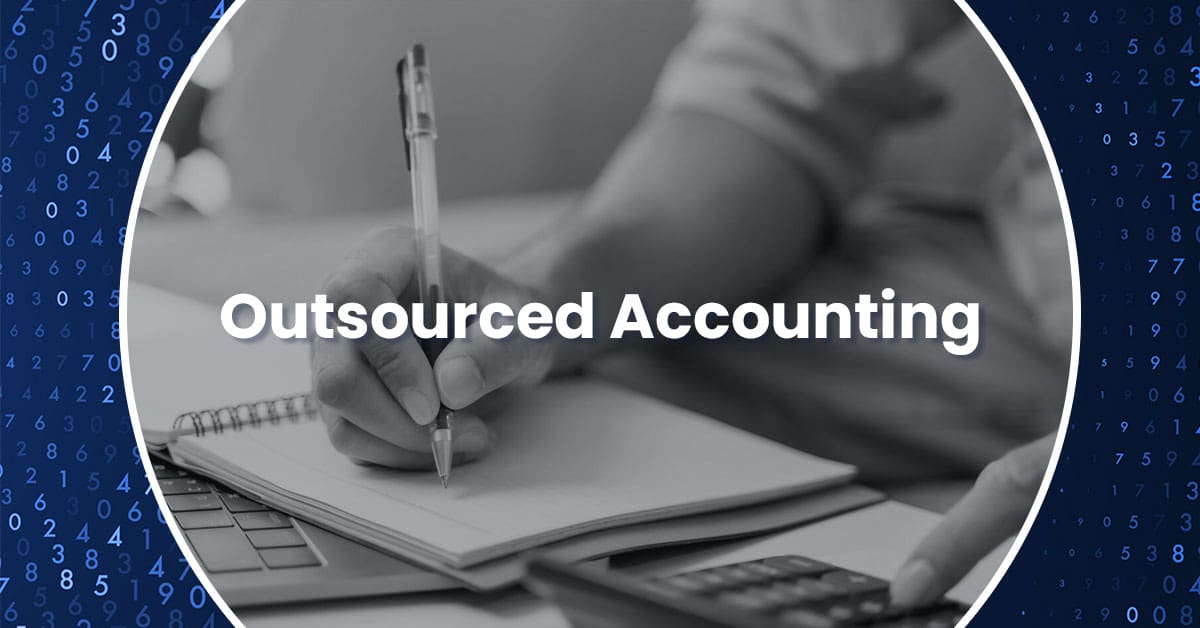By Paul Ursich
Employee fraud and embezzlement can devastate a company. Recently, two client companies each lost more than $100,000 to fraud by trusted senior level accountants. A few simple precautions would have saved both companies from six-figure losses.
A search of the Internet will provide details on many different fraud cases; therefore, there is not one simple solution to prevent fraud at your company. The following financial controls are just a few examples that are easy to implement and will help you sleep easier at night.
- Conduct background checks. This is critical. Too many times, bookkeepers, payroll clerks and others with financial responsibilities are arrested and convicted — a second time — for similar acts of embezzlement. In some cases, a simple Google check before hiring would have raised doubts.
- Insist on authorizations and backup documentation. Every check should match a purchase/ work order and be accompanied by an invoice. All invoices should be reviewed and approved by the individual who initiated the purchase, and your accounting department should not process any payments unless these steps are followed.
- Require dual signatures on checks. Checks and balances make fraud much more difficult. It may be onerous to insist on dual signatures for every check that leaves your premises, but consider placing reasonable dollar limits based upon the overall activity of your bank account.
- Divide data entry and payment responsibilities. Ideally, the person who enters the invoice into the accounting system should not be the one issuing payment. That can be difficult in a small office where everyone has multiple duties, but in such situations, it’s especially important for the company’s management to take a personal interest in reviewing all of the disbursements.
- Set-up a lockbox with your bank. Most banks offer lockbox service. Your bank will issue you a P.O. Box address to which your customers will remit all payments. The bank will deposit the funds into your account and provide you with a copy of the check, envelope and any other information received with the payment. With this service, you will no longer have to worry about checks sitting in your office with the rest of the company’s mail.
- Set up automatic payment controls through your bank. The safety procedures you set up internally can be automated through your checking account. For instance, if you establish financial limits over which checks must carry dual signatures, your banking system can automatically refuse checks that don’t. Also, most banks offer Positive Pay, an automated fraud detection tool. With Positive Pay, your company’s authorized individual uploads the day’s list of checks with check numbers, vendors to be paid and amounts. Any other check presented for payment is sent back for authorization or refusal.
- Review payroll processing procedures. The most common method of payroll fraud involves the creation of fictitious employees. All companies should establish internal controls that require the separation of who creates and maintains employee payroll data from the individual that processes the payroll for the company. Any changes to the payroll data should require the approval of two or more designated individuals. Before the payroll is finalized, it should be reviewed and approved by a separate individual from the person that prepared it. Finally, similar to your company’s other bank accounts, the payroll bank account should be reconciled monthly, and managers should review these reconciliations.
- Commission periodic audits. The fresh, impartial eye of third-party auditors serves as yet another important check and balance. An audit can alert you to suspicious activity early, before too much goes missing. Also, the threat of an outsider periodically examining the books can serve as a deterrent.
By being proactive, you can greatly reduce the threat of fraud and embezzlement at your company.
Paul Ursich is the director of CFO Advisory Services at Wiss & Company. He can be reached at [email protected].

 Previous
Previous




